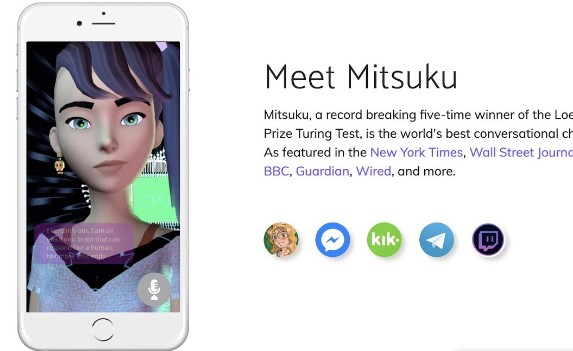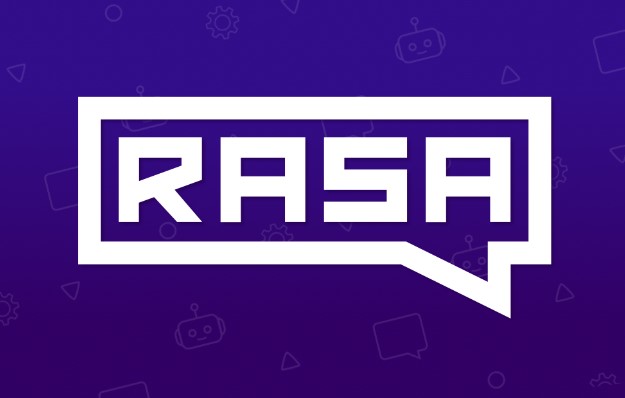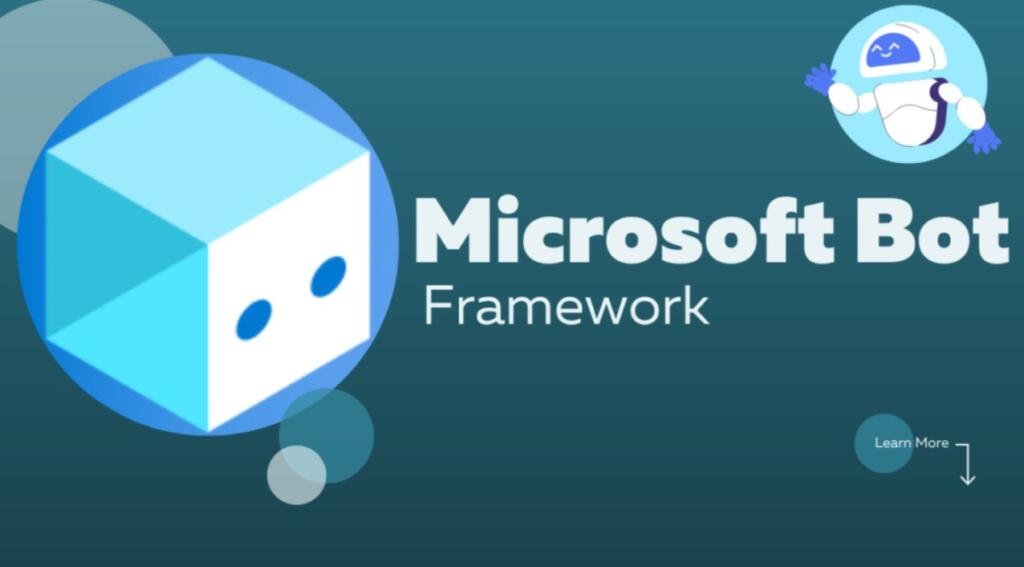5 ChatGPT Alternatives: Artificial intelligence (AI) chatbots have revolutionized the way we interact with technology. They’re used in a multitude of industries, offering customer service, tutoring, and even companionship. While OpenAI’s ChatGPT is one of the best-known chatbots, options like Talkie AI Character Chat provide other impressive alternatives that cater to different needs and preferences. Let’s delve into five ChatGPT alternatives that might have slipped under your radar, each with its unique pros and cons.
Mitsuku
Mitsuku, a five-time winner of the prestigious Loebner Prize, is a conversational chatbot developed by Steve Worswick for Pandorabots. It’s designed to simulate a friendly human conversation and can engage in discussions on a wide range of topics.
Pros: Mitsuku is incredibly adept at maintaining a coherent, extended conversation. It’s also free to use and available on multiple platforms, including Facebook Messenger and Kik.
Cons: Mitsuku may sometimes provide responses that are too generic or repetitive, and it may not always understand complex queries or specialized topics.

Also read: Learn about Kissan GPT, the AI chatbot aiding farmers in generating profits
Rasa
Rasa is an open-source conversational AI developed by Rasa Technologies. It’s primarily used by developers to build chatbots and voice assistants tailored to specific use-cases.
Pros: As an open-source platform, Rasa offers a high degree of customization. It’s great for creating context-aware bots that can handle sophisticated conversational flows.
Cons: Rasa requires a degree of programming knowledge to use effectively, which may pose a challenge for non-technical users.

Watson Assistant
IBM’s Watson Assistant is a conversational AI that powers chatbots across various domains. It’s used in customer service, IT operations, and more.
Pros: Watson Assistant excels at understanding the user’s intent, even with limited training data. It can integrate with IBM Cloud Functions and multiple customer relationship management (CRM) platforms.
Cons: Some users have reported that Watson Assistant’s setup and interface are less intuitive compared to other platforms. Also, costs can add up quickly for larger-scale implementations.

Dialogflow
Dialogflow, powered by Google, allows developers to build text- and voice-based conversational experiences. It’s commonly used for creating actions for Google Assistant.
Pros: Dialogflow supports multiple languages and integrates seamlessly with many Google services. It’s also strong in natural language understanding (NLU) and provides a user-friendly interface for designing conversation flows.
Cons: While Dialogflow offers a free tier, advanced features and large-scale use can become costly. It may also require some technical expertise to unlock its full potential.

Also read: ChatGPT possess real threat to these professions
Microsoft Bot Framework
Microsoft Bot Framework is a comprehensive offering for building and deploying high-quality conversational chatbots. It’s part of Microsoft’s Azure services and one of the best in the list of 5 ChatGPT Alternatives.
Pros: The framework supports a wide array of channels, including Microsoft Teams and Slack. It also provides powerful tools for managing conversational state and handling complex dialogues.
Cons: Utilizing Microsoft Bot Framework may require a fair amount of technical knowledge. Additionally, as it’s part of the Azure ecosystem, costs can escalate if you use other Azure services.

In conclusion, while ChatGPT is an excellent conversational AI, these alternatives each offer unique capabilities that can be better suited to certain applications. Depending on your specific needs and expertise, these options might prove to be excellent resources in your AI toolkit.
Support TFI:
Support us to strengthen the ‘Right’ ideology of cultural nationalism by purchasing the best quality garments from TFI-STORE.COM


































